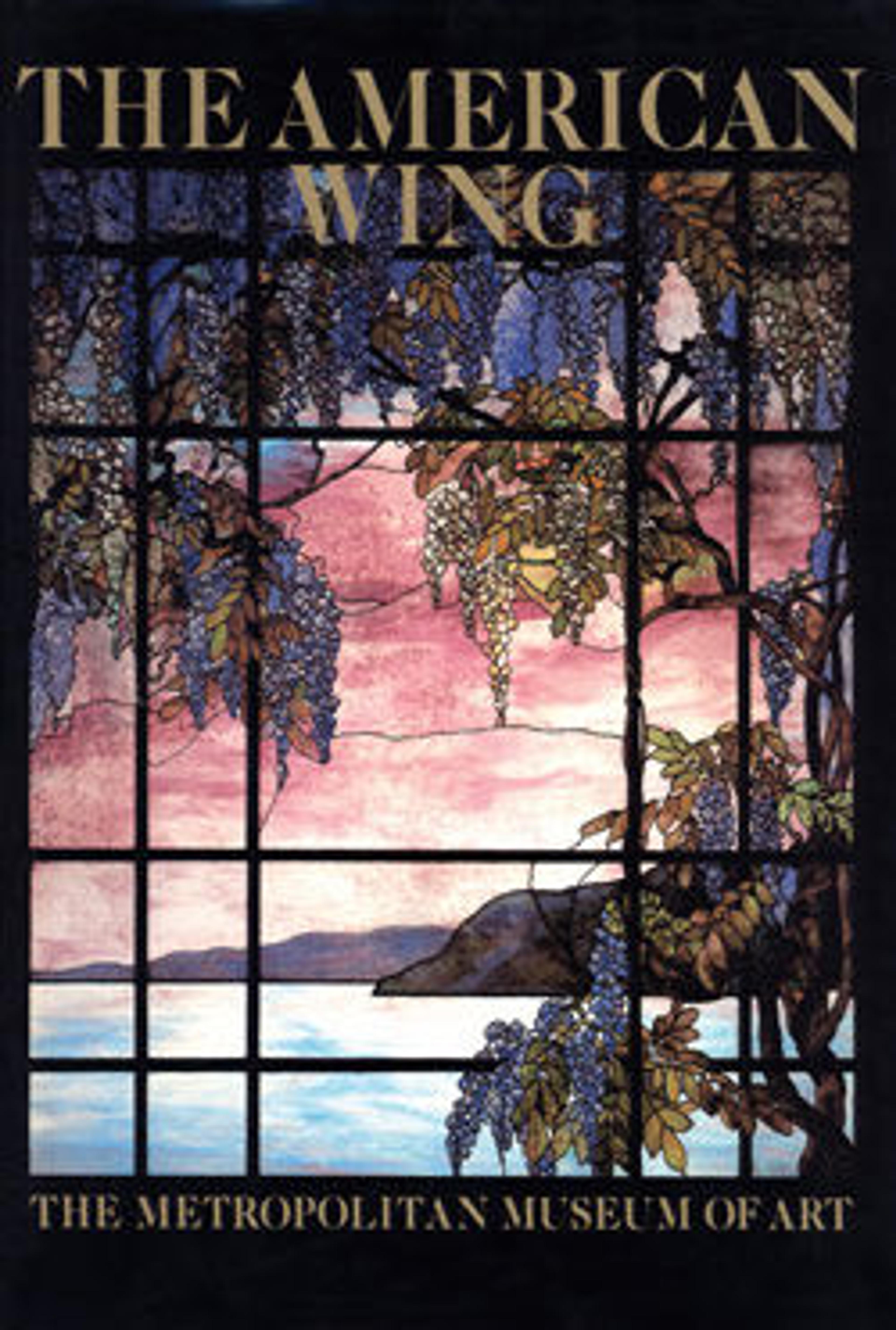Clipper Ship "Red Jacket" – In the Ice off Cape Horn, on Her Passage from Australia, to Liverpool, August 1854
"Red Jacket" ranks among the largest and fastest American clipper ships ever built. Designed with a 255-foot deck by Boston-based Samuel Hartt Pook for the owners Seacombe and Taylor, it was built by George Thomas in Rockland, Maine, who launched it in November 1853. The name "Red Jacket" refers to Sa Go Ye Wat Ha, ("he who keeps them awake"), the great Seneca orator and leader who had aided the British during the American Revolution, earning him his British red uniform and nickname. After the Revolution, Sagoyewatha championed peace, became a defender of native American culture and a spokesman for the Iroquois confederacy in 1792, when he led Iroquois chiefs to Philadelphia, where they agreed to mediate in frontier war. During the War of 1812, Sagoyewatha fought with the Americans against the British.
In January 1854, "Red Jacket" made her first voyage from New York across the north Atlantic to Liverpool, England, where a new British owner outfitted her for Australian immigrant and cargo transport. In May 1854, the White Star Line chartered the ship to sail to Melbourne, Australia, where it arrived after sixty-nine days with approximately 450 passengers (16 of them traveling in first class cabins) -- the second fastest record at that time. In 1855, Nathaniel Currier published this print depicting the "Red Jacket" in the midst of its return journey, when it was trapped for four days in an ice field off Cape Horn. The route involved sailing round Cape Horn at the tip of South America, where, at certain times of the year, fierce winds, large waves and icebergs and ice floes floating from Antartica made the seas between the South Pacific and South Atlantic treacherous to navigate. Despite this delay, the ship reached Liverpool in seventy-three days with all its passengers and a valuable gold cargo -- reportedly about 45,000 ounces. This clipper's speed became a selling point to future passengers; "Red Jacket" continued to transport passengers and cargo back and forth between England and Australia until the early 1860s.
Nathaniel Currier, whose successful New York-based lithography firm began in 1835, produced thousands of hand-colored prints in various sizes that together create a vivid panorama of mid-to-late nineteenth century American life and its history. People eagerly acquired such lithographs featuring picturesque scenery, rural and city views, ships, railroads, portraits, hunting and fishing scenes, domestic life and numerous other subjects, as an inexpensive way to decorate their homes or business establishments. As the firm expanded, Nathaniel included his younger brother Charles in the business. In 1857, James Merritt Ives (the firm's accountant since 1852 and Charles's brother-in-law) was made a business partner; subsequently renamed Currier & Ives, the firm continued until 1907.
In January 1854, "Red Jacket" made her first voyage from New York across the north Atlantic to Liverpool, England, where a new British owner outfitted her for Australian immigrant and cargo transport. In May 1854, the White Star Line chartered the ship to sail to Melbourne, Australia, where it arrived after sixty-nine days with approximately 450 passengers (16 of them traveling in first class cabins) -- the second fastest record at that time. In 1855, Nathaniel Currier published this print depicting the "Red Jacket" in the midst of its return journey, when it was trapped for four days in an ice field off Cape Horn. The route involved sailing round Cape Horn at the tip of South America, where, at certain times of the year, fierce winds, large waves and icebergs and ice floes floating from Antartica made the seas between the South Pacific and South Atlantic treacherous to navigate. Despite this delay, the ship reached Liverpool in seventy-three days with all its passengers and a valuable gold cargo -- reportedly about 45,000 ounces. This clipper's speed became a selling point to future passengers; "Red Jacket" continued to transport passengers and cargo back and forth between England and Australia until the early 1860s.
Nathaniel Currier, whose successful New York-based lithography firm began in 1835, produced thousands of hand-colored prints in various sizes that together create a vivid panorama of mid-to-late nineteenth century American life and its history. People eagerly acquired such lithographs featuring picturesque scenery, rural and city views, ships, railroads, portraits, hunting and fishing scenes, domestic life and numerous other subjects, as an inexpensive way to decorate their homes or business establishments. As the firm expanded, Nathaniel included his younger brother Charles in the business. In 1857, James Merritt Ives (the firm's accountant since 1852 and Charles's brother-in-law) was made a business partner; subsequently renamed Currier & Ives, the firm continued until 1907.
Artwork Details
- Title:Clipper Ship "Red Jacket" – In the Ice off Cape Horn, on Her Passage from Australia, to Liverpool, August 1854
- Artist:Charles Parsons (American (born England), Hampshire 1821–1910 New York)
- Artist:After Joseph B. Smith (American, New York, 1798–1876)
- Publisher:Lithographed and published by Nathaniel Currier (American, Roxbury, Massachusetts 1813–1888 New York)
- Date:1855
- Medium:Hand-colored lithograph
- Dimensions:Image: 16 1/8 × 23 11/16 in. (41 × 60.1 cm)
Sheet: 21 1/4 × 27 9/16 in. (54 × 70 cm) - Classification:Prints
- Credit Line:Bequest of Adele S. Colgate, 1962
- Object Number:63.550.17
- Curatorial Department: Drawings and Prints
More Artwork
Research Resources
The Met provides unparalleled resources for research and welcomes an international community of students and scholars. The Met's Open Access API is where creators and researchers can connect to the The Met collection. Open Access data and public domain images are available for unrestricted commercial and noncommercial use without permission or fee.
To request images under copyright and other restrictions, please use this Image Request form.
Feedback
We continue to research and examine historical and cultural context for objects in The Met collection. If you have comments or questions about this object record, please contact us using the form below. The Museum looks forward to receiving your comments.
